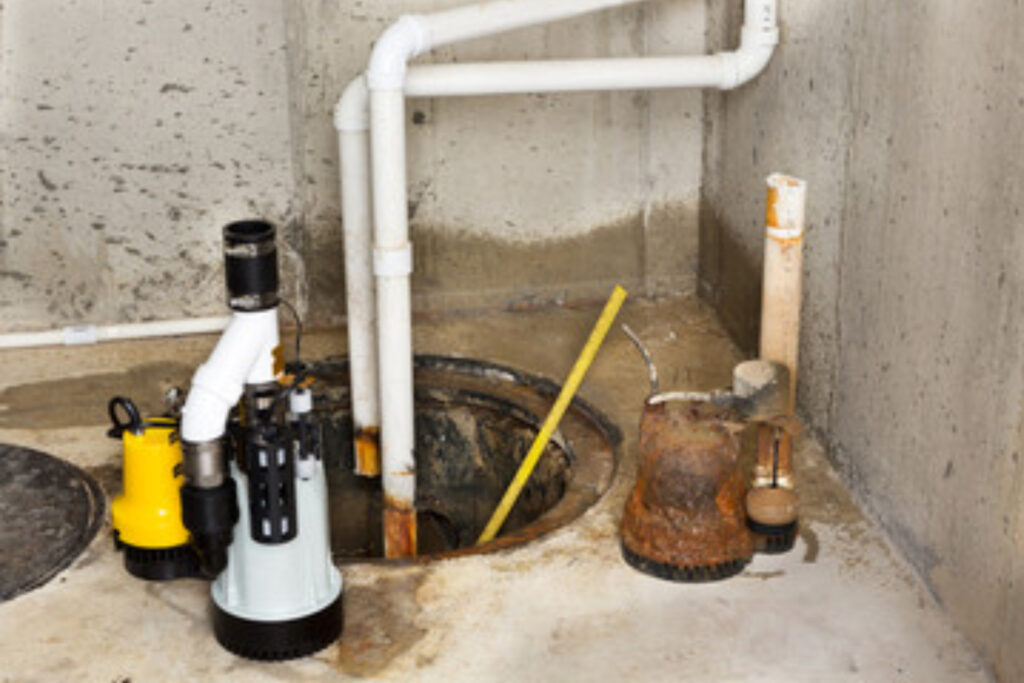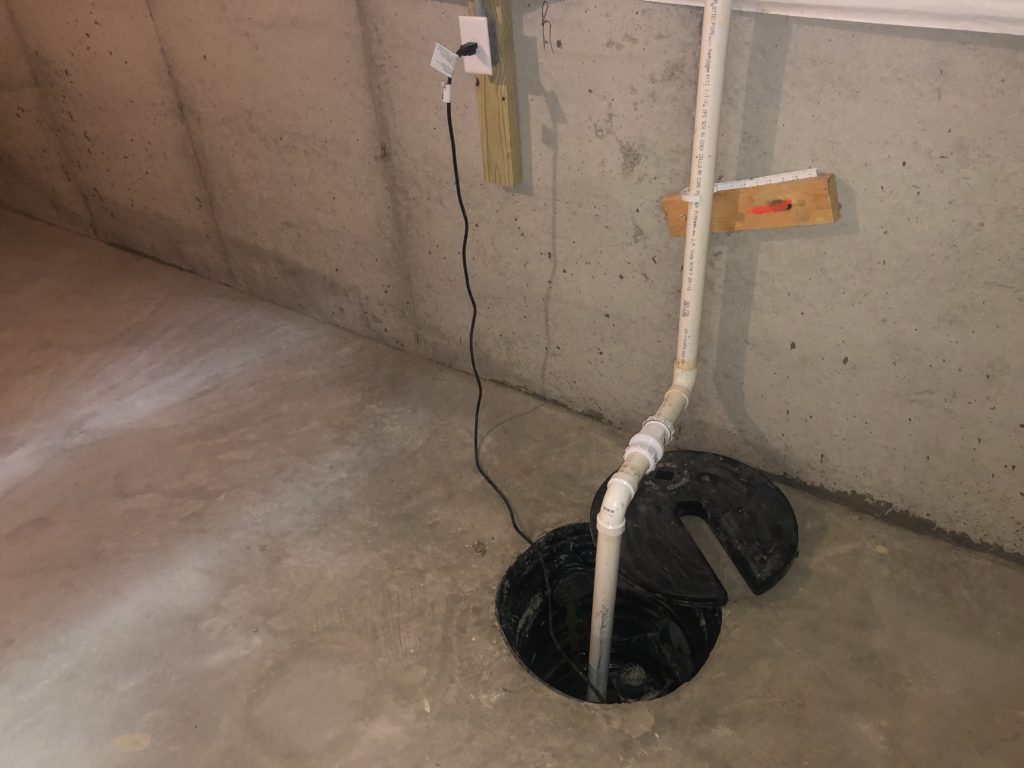Listed here down the page you can discover more great ideas around How to Care for Your Sump Pump.

Sump pumps are essential elements in lots of homes, particularly in locations vulnerable to flooding or too much wetness. They aid stop water damages by efficiently removing excess water from basements or crawl spaces. However, like any other appliance, sump pumps need routine maintenance to ensure they function successfully when required the most. Cleaning your sump pump is an essential part of its maintenance, and understanding exactly how to do it effectively can conserve you from costly repair services and potential disasters.
Introduction
Keeping a clean sump pump is important for its correct performance and long life. Neglecting this essential job can lead to clogs, breakdowns, and inevitably, water damages to your home. As a result, learning just how to clean a sump pump is important for house owners who rely upon these tools to keep their basements dry and secured.
Comprehending the Sump Pump
Prior to diving right into the cleansing procedure, it's essential to have a fundamental understanding of just how a sump pump functions. Commonly installed in a pit or container below the basement floor, a sump pump consists of numerous key elements, including a pump, a float button, and a discharge pipe. When water gathers in the pit, the float switch triggers the pump, which after that pumps the water out with the discharge pipe, far from the building's foundation.
Indicators of a Dirty Sump Pump
Recognizing when your sump pump needs cleansing is critical for avoiding possible breakdowns. Some common indications that indicate a filthy sump pump include strange noises during procedure, reduced water flow, and visible debris in the pit. If you see any of these signs and symptoms, it's necessary to clean your sump pump promptly to stay clear of any more concerns.
Preparing for Cleansing
Before you begin cleaning your sump pump, it's necessary to take some safety precautions. Start by turning off the power to the pump to avoid any type of electric crashes. Additionally, put on ideal safety gear, such as gloves and goggles, to protect yourself from dirt, particles, and potential pathogens.
Detailed Overview to Cleansing a Sump Pump
Turning off the Power
Begin by separating the power supply to the sump pump to prevent any type of accidents while cleaning.
Getting Rid Of Particles and Dirt
Make use of a bucket or a scoop to get rid of any type of noticeable debris, dust, or sediment from the sump pit. Dispose of the debris correctly to prevent it from clogging the pump or the discharge pipe.
Cleaning the Pump and Float Switch Over
Once the pit is free from debris, thoroughly eliminate the pump from the pit. Evaluate the pump and the float button for any kind of indicators of damage or wear. Make use of a soft brush or cloth to clean up the surfaces and remove any type of collected crud.
Flushing the System
After cleaning up the pump and float button, purge the sump pit with tidy water to get rid of any staying dirt or sediment. This will help guarantee that the pump operates smoothly and efficiently.
Checking for Proper Functioning
Prior to reinstalling the pump, carry out a fast test to make certain that the float switch activates the pump appropriately. Put some water into the sump pit and observe the pump's operation. If everything is working properly, you can reassemble the pump and reconnect the power supply.
Upkeep Tips to Maintain Your Sump Pump Clean
In addition to regular cleaning, there are several upkeep tips you can comply with to keep your sump pump in ideal problem:
- Routine Inspection: Examine your sump pump on a regular basis for any kind of indications of wear, damage, or clogs.
- Keeping the Surrounding Location Clean: Make Certain that the location around the sump pit is free of particles, dust, and obstructions.
- Evaluating the Pump Periodically: Examine your sump pump occasionally by putting water right into the pit and observing its procedure. This will certainly assist you recognize any possible problems prior to they rise.
Conclusion
Cleaning your sump pump is a critical facet of its upkeep and ensures that it operates properly when you require it one of the most. By adhering to the steps detailed in this guide and integrating routine upkeep into your regimen, you can expand the life-span of your sump pump and shield your home from water damage.
6 STEPS ON HOW TO CLEAN A SUMP PUMP PROPERLY
UNDERSTANDING SUMP PUMPS
Your sump pump plays a crucial role in protecting your home by managing and removing excess water. It primarily functions as a “shield”, guarding your basement against the damaging effects of water accumulation. The pump is housed in a sump pit in the lowest part of your basement, and its job is to pump out any water that collects there.
During heavy rainfalls or when snow melts rapidly, water can infiltrate your basement, posing potential risks like flooding, structural damage, and harmful mold growth. Here, the sump pump springs into action, pumping out the intruding water and directing it away from your home.
SAFETY FIRST
Before cleaning, remember to prioritize safety. Disconnect the sump pump from the power source to prevent any accidental electric shocks. Also, wear sturdy gloves to protect your hands from any sharp or dirty components within the pump.
REMOVE THE SUMP PUMP
After ensuring your safety, the next step is to remove the sump pump from its pit. Doing this might require careful maneuvering as you don’t want to damage any pump components. Once removed, clean the sump pit to remove any accumulated debris or sludge.
INSPECT THE PUMP
Inspect the pump for any visible signs of wear or damage. Check the power cord, float switch, and impeller housing. If any components look worn out or damaged, consider replacing them to ensure optimal performance.
CLEAN THE PUMP
Thoroughly clean the pump with warm, soapy water. Make sure to rid it of any dirt, gravel, or other debris that might impede its performance. You can use a toothbrush to clean the small, hard-to-reach parts of the pump.
REINSTALL THE SUMP PUMP
- Reinstall the pump into the sump pit
- Make sure it’s positioned correctly to remove the water effectively
- Once it’s back in place, reconnect it to the power source
TEST THE PUMP
Finally, pour some water into the pit to ensure the pump works correctly. It should start automatically and begin pumping out the water; if it doesn’t, check the power source and the positioning of the pump.
Remember, while cleaning your sump pump is an essential part of home maintenance, hiring a professional plumber for a thorough inspection and cleaning at least once a year is also important. This will ensure that your pump is in optimal condition, ready to protect your home from potential water damage.
BEST PRACTICES FOR CLEANING SUMP PUMP DISCHARGE PIPES
- Regular Inspection: Regularly inspect your discharge pipes, especially during heavy rainfall or snowmelt periods. Look for any signs of blockage or damage. Early detection of problems can prevent serious issues down the line.
- Periodic Cleaning: Over time, sediment and debris can accumulate in the discharge pipes, impeding the flow of water. Regular cleaning helps keep the pipes clear and functioning efficiently. You can use a high-pressure water jet to effectively clean the pipes.
- Insulation During Winter: In colder climates, discharge pipes can freeze, blocking the outflow of water. Protect your discharge pipes from freezing temperatures by insulating them with foam pipe insulation. This will ensure the sump pump can continue to discharge water even in freezing conditions.
- Proper Positioning: The discharge pipe should be positioned to direct water away from your home’s foundation. Improper positioning can lead to water seeping back into the basement. Ensure the pipe is long enough and angled correctly.
- Installation of a Check Valve: A check valve prevents water from flowing back into your sump pit after the pump has pushed it out. Installing a check valve helps maintain the efficiency of your sump pump and reduces the risk of flooding.
- Minimize Pipe Turns: Every curve or turn in the discharge pipe can decrease the efficiency of water flow. By minimizing turns and bends in your discharge pipe, you can increase the efficiency of your sump pump.
https://www.fullspeedplumbing.com/how-to-clean-a-sump-pump-properly9999/

As an enthusiastic reader on How To Effectively Clean A Sump Pump, I figured sharing that short article was beneficial. Sharing is nice. Who knows, you may be helping someone out. Thanks so much for taking the time to read it.
Check Us Out
Comments on “Best Techniques for Taking Care of a Sump Pump”